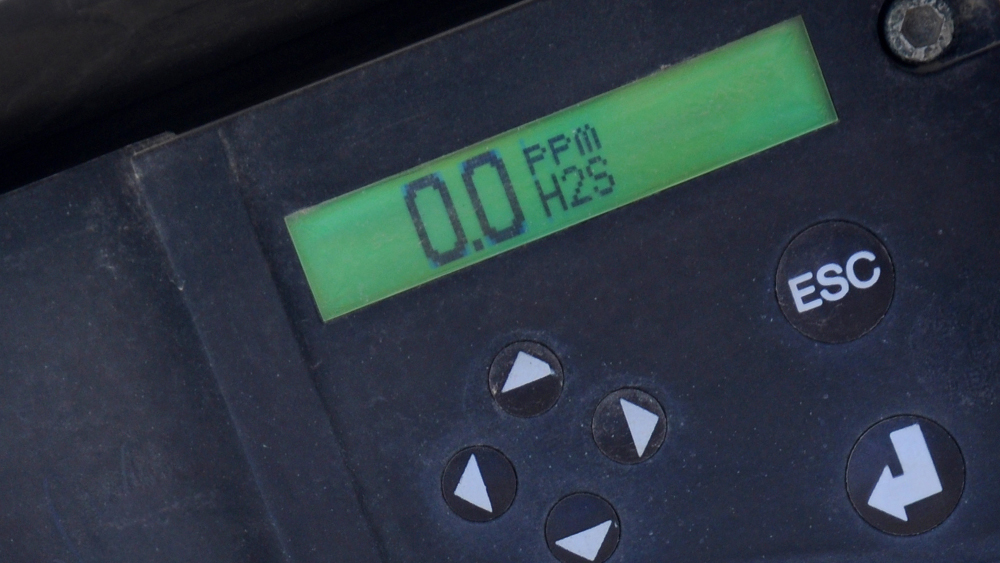- An Alliance For Community Action
- (970) 256-7650
- info@WesternColoradoAlliance.org
AQCC approves repair rules for gas leaks near homes
The Air Quality Control Commission (AQCC) approved new standards today that will ensure gas leaks on well pads near homes, schools and playgrounds will be repaired in a timely manner as well as adopting a new state implementation plan to address ozone.
In a unanimous decision, the Commission now requires oil and gas operators to fix leaks discovered within 1,000 feet of neighborhoods and other occupied areas within five working days. If operators cannot repair a leak, they are required to notify state officials and the relevant local government. If ultimately the leak cannot be repaired the operator will be required to shut-in the well, capping it permanently.
These new mandates come as a follow up to the AQCC’s 2019 decision to require more frequent inspections for well pads within 1,000 feet of homes and occupied areas. The so-called Proximity Rule was originally proposed by three citizen groups, Western Colorado Alliance, the Grand Valley Citizens Alliance and League of Oil & Gas Impacted Coloradans.
Leslie Robinson, chairwoman of the Grand Valley Citizens Alliance, expressed her enthusiasm. “Our air quality has been deteriorating for decades because of emissions from oil and gas development, and Coloradans who are unlucky enough to live near a well or storage facility often report respiratory and other health problems,” she said. “These measures are needed now more than ever.”
Notably, these new repair rules were developed and agreed on by industry representatives and advocates of public health and environmental protection. The initial monitoring requirements adopted in December 2019 drew ire from operators and some sympathetic local government officials, culminating in two unsuccessful lawsuits led by Weld and Garfield counties.
“We are grateful that we were able to present this alternate proposal as a consensus between the impacted communities and oil and gas operators,” said Andrew Forkes-Gudmundson, Deputy Director of the League of Oil & Gas Impacted Coloradans (LOGIC). “Reducing repair times for leaks in close proximity to homes will reduce emissions and improve the lives of the Coloradans most impacted by this industry.”.
Last September, the Colorado Oil and Gas Conservation Commission was briefed by state toxicologist Kristy Richardson concerning the impact of living near well pads. Dr. Richardson told the commissioners that people living near oil and gas development often experienced headaches, nosebleeds, trouble breathing, and lightheadedness. Those living within 500 feet were also found to be more likely to experience blood diseases, neurological disorders, and cancer, she testified.
Barbara Vasquez, a member of Western Colorado Alliance, lauded the new rules, noting their importance in protecting people’s health. “Though the fugitive emissions from wells and storage facilities primarily consist of methane, they also contain benzene, toluene, xylene, and a host of other constituents proven to be hazardous to human health”, said Vasquez. “These new rules directly address the problems cited by Dr. Richardson and CDPHE’s 2019 Health Risk Assessment. We look forward to continuing to work with the AQCC on their rulemaking and enforcement to protect public health and environment.”
While citizens groups are appreciative of the public health benefits of the AQCC’s decision, conservation groups are pointing to climate benefits as well. Conservation Colorado Climate Advocate Sara Rose Tannenbaum remarked, “When methane leaks are detected near homes, Coloradans should have confidence that they will be fixed in a timely manner. This common-sense decision by the AQCC will protect communities and get Colorado closer to hitting its climate targets.”
The Air Quality Control Commission also passed a new state implementation plan to address high ozone levels on the front range. The state is currently classified as being in “serious” nonattainment with National Ambient Air Quality standards for ozone. Ozone is created when volatile organic compounds (primarily from the oil and gas industry) combine with nitrogen oxides (primary from vehicle exhaust) and sunlight. High ozone days, that typically occur in the summer, can harm lungs and can be detrimental to the health of the youngest and oldest populations and people who suffer from compromised breathing such as asthma.
In his December 15 letter to the Air Quality Control Commission, the Governor acknowledged that the front range will be downgraded from “serious” to “severe” nonattainment of federal ozone standards. The Air Quality Control Commission adopted the “serious” state implementation plan but publicly recognized that more work is needed. Tannenbaum stated, “We expect that the state will start working on a new state implementation plan for severe nonattainment as soon as possible. The majority of the population of Colorado live in an area with unsafe air. We have to act now to protect the health of Coloradans as well as to reduce greenhouse gas emissions.”


